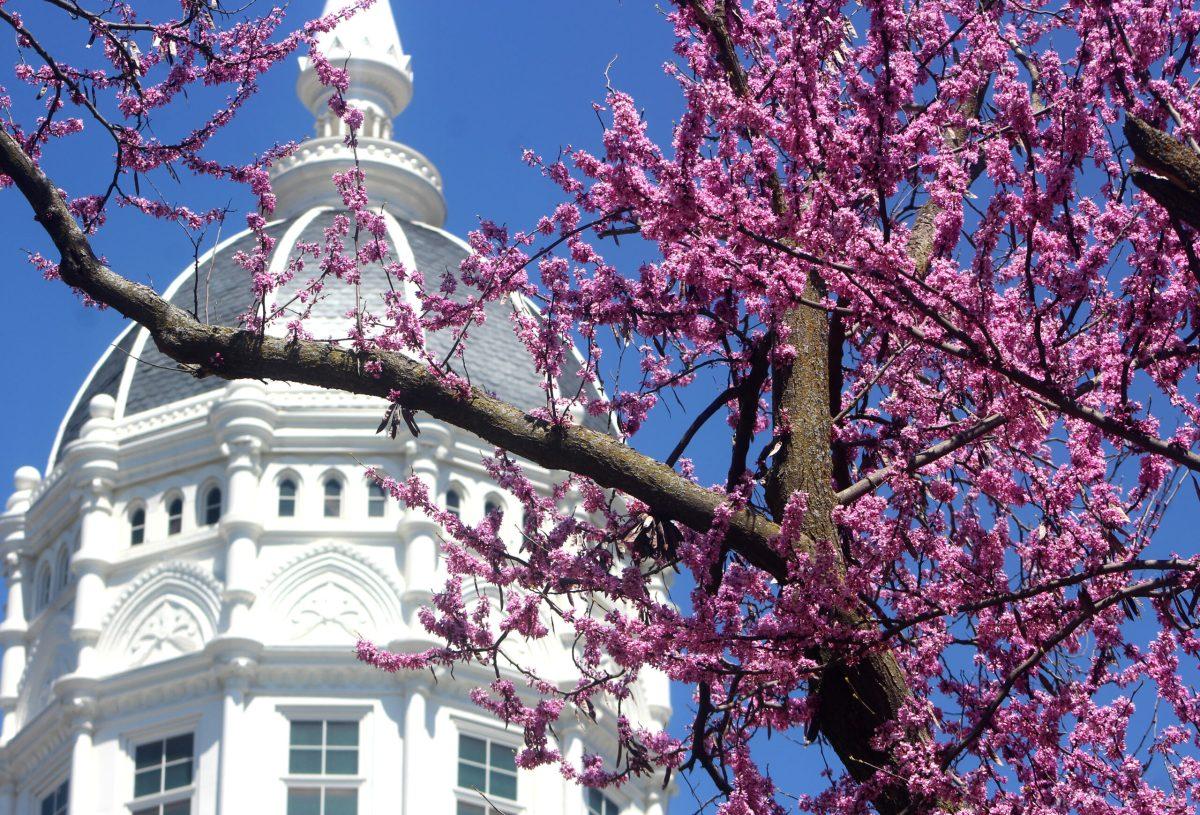Campus is coming back to life.
Walks to class seem more pleasant with the scenery changing from dead plants and barren trees to buds and colorful blooms — after all, MU is a registered botanical garden! This guide will help you identify common foliage around campus.
Lily magnolia tree
You have probably spotted these eye-catching trees in front of Jesse Hall. They are easily identified by their bright pink flowers, which start blossoming in April. The flowers are a common source of pollen for beetles and other pollinators. Lily magnolias are native to Asia.
Fun fact: The ‘Little Girl’ magnolia series, a hybrid group of magnolias developed in the 1950s, all have traditional girl names like Betty, Susan and Ann.
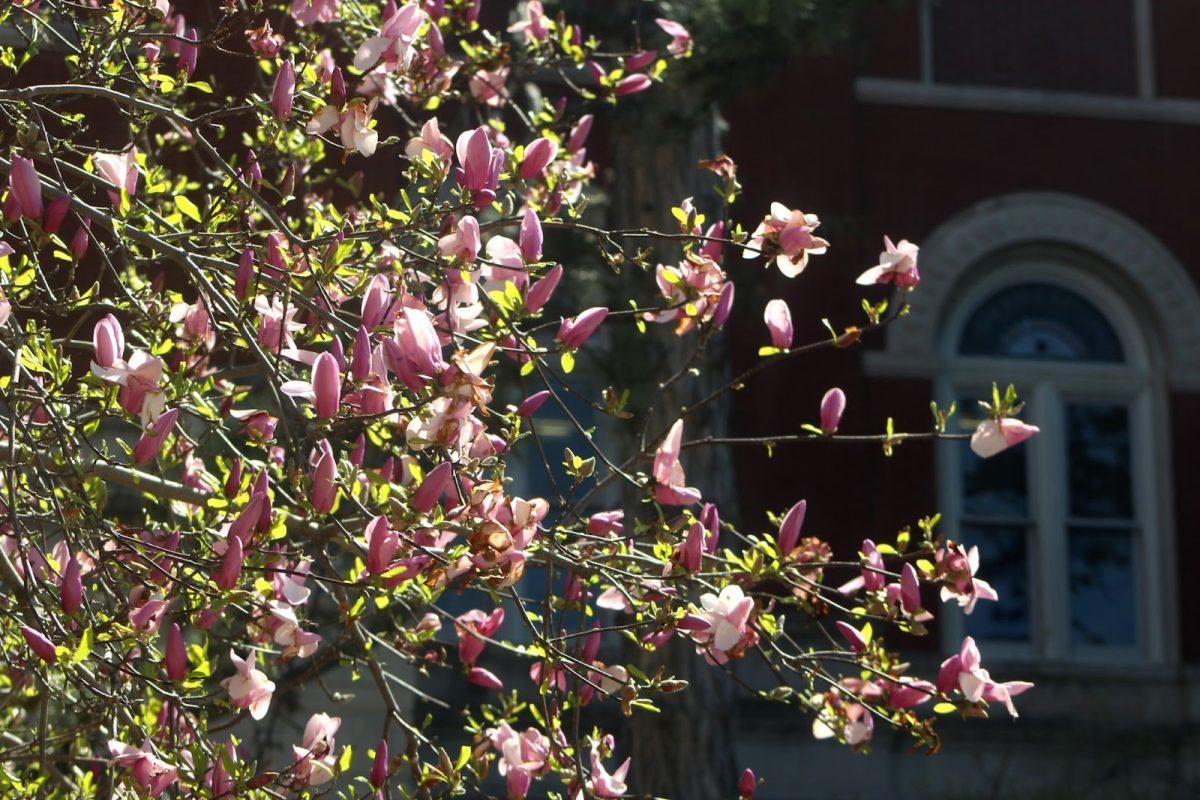
Purple dead-nettle
Yes — this is technically a pesky weed, but it is oddly charming at the same time. You have probably spotted this plant in untreated grassy areas all across campus. An arrangement of green leaves and tiny purple flowers crown the long stems. Purple dead-nettle is native to Europe and Asia. The plant is also edible; try it in a stir fry or tea.
Fun Fact: Purple dead-nettle is commonly used by foragers to remedy skin irritations.
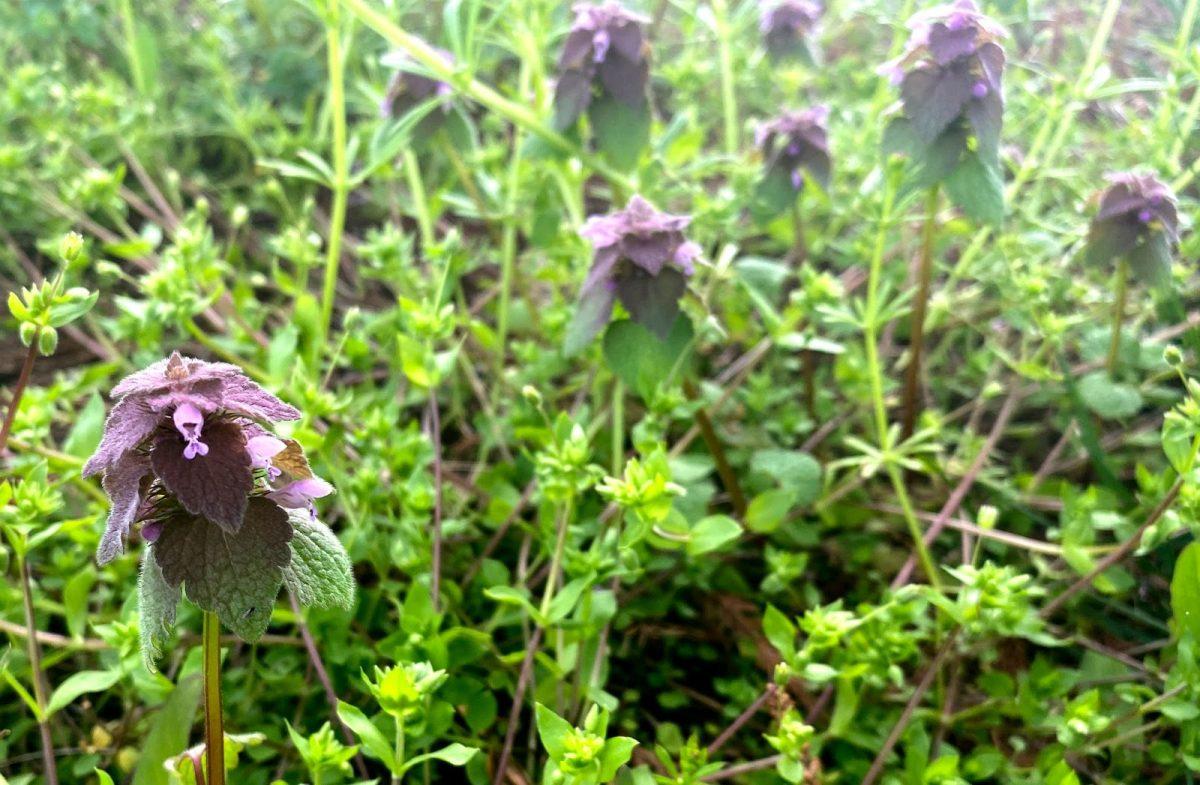
Pansy
You’ll spot these cute flowers when walking between Jesse Hall and the Columns or in front of Memorial Union. Pansies come in various colors like deep purple, yellow, white, pink and even multicolored. They are a hybrid wildflower derived from the Viola genus, native to Europe and Asia. Pansies are also edible and commonly used in salads!
Fun fact: In the 1951 film “Alice in Wonderland,” many of the flowers Alice meets are pansies.
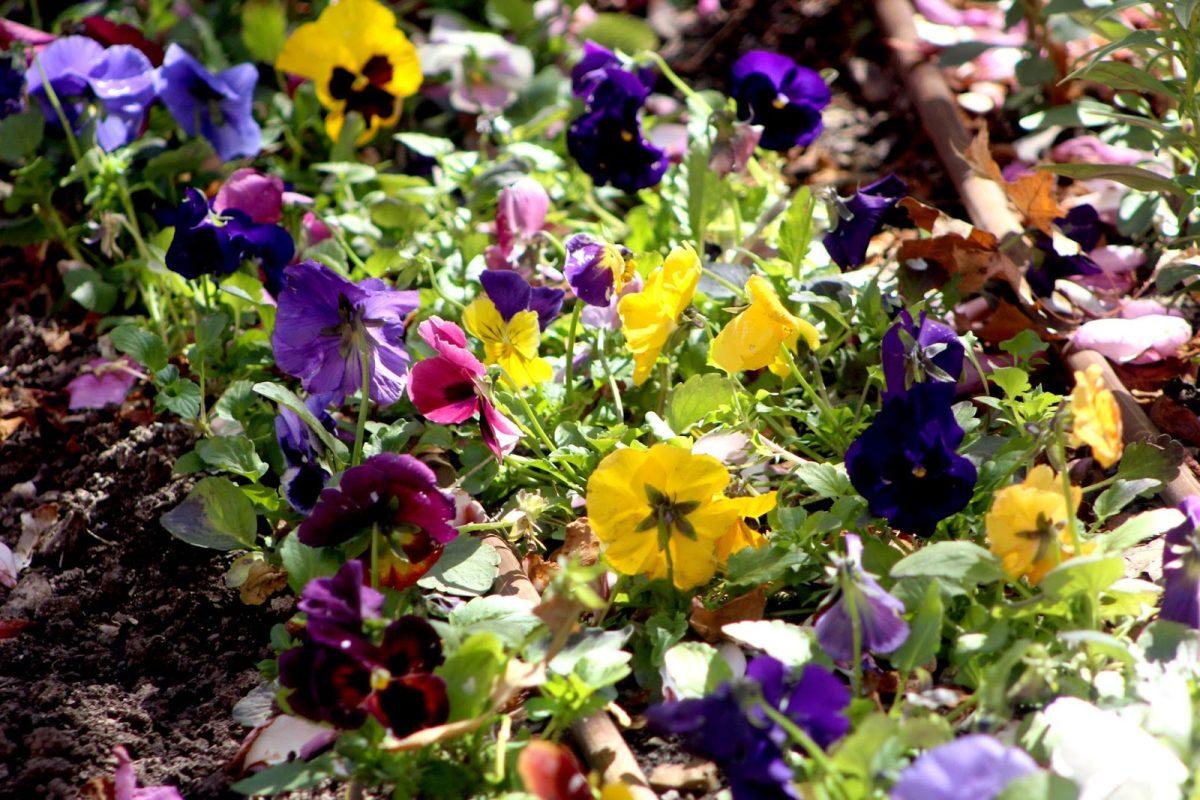
Japanese kerria
While the radioactively contaminated Pickard Hall is undoubtedly spooky, the flora surrounding it certainly is not. One of them is the Japanese kerria. The cute yellow flowers are also planted around Hulston Hall and the Geological Sciences Building. The shrub is native to Japan, China and Korea.
Fun fact: Chinese medicinal practices use honey extracted from the flowers to treat coughs.
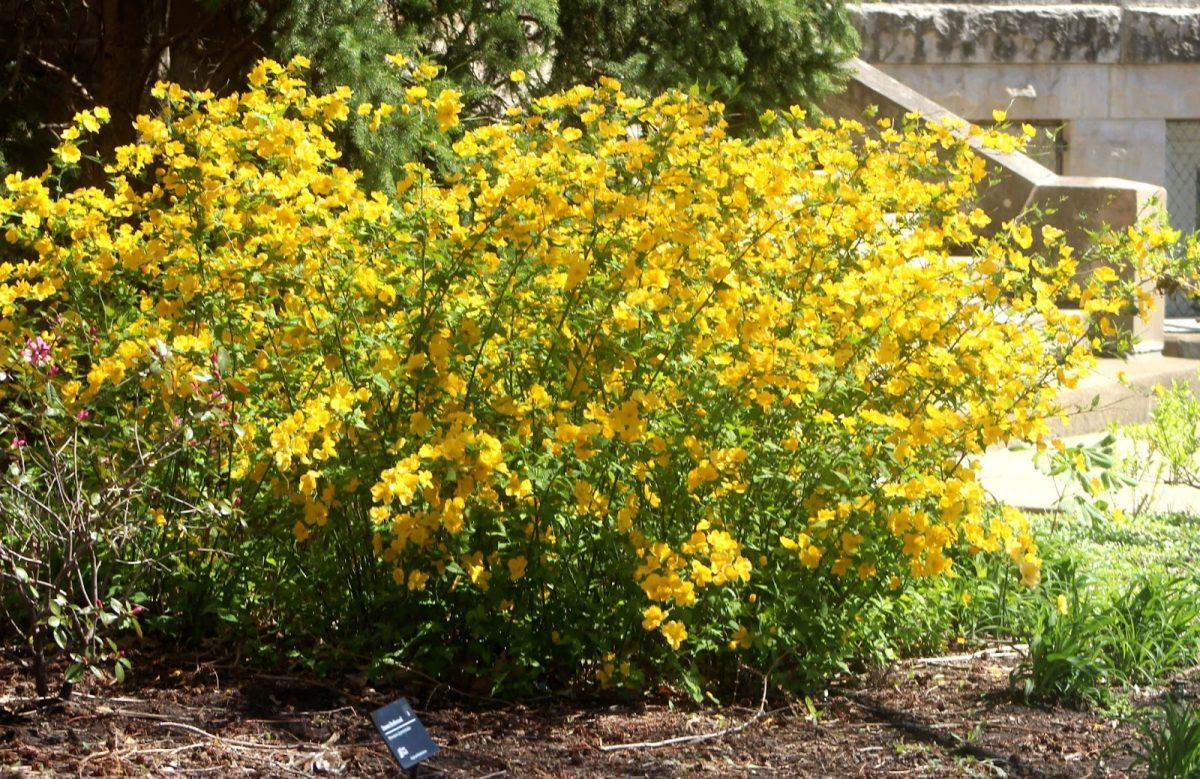
Eastern redbud
This charming tree displays clusters of rosy pink flowers, hence its name. Due to the shape of the blooms, long-tongued bees are common pollinators because short-tongued ones cannot reach the nectar. The buds turn into heart-shaped leaves during the summertime. The redbud is native to North America.
Fun fact: The Eastern redbud is a part of the legume family, making it closely related to peas.
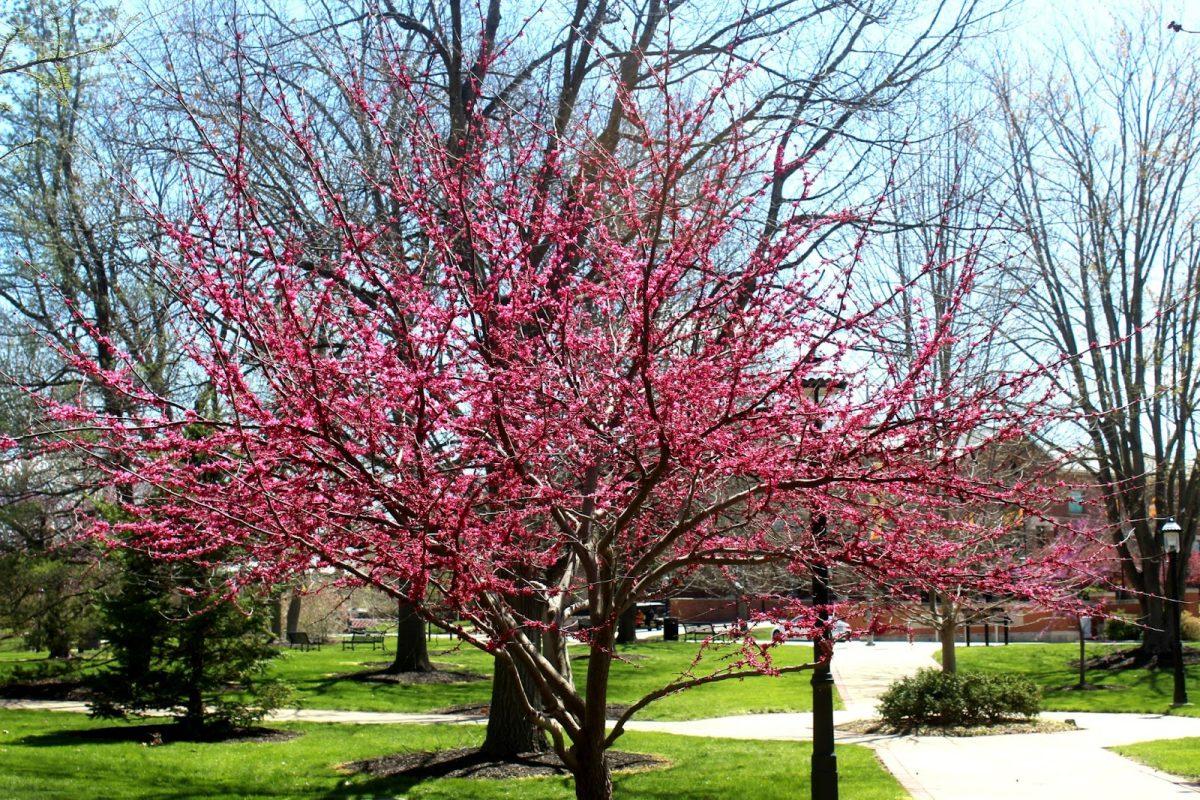
Hostas
You can spot hostas all across campus, most notably in the garden outside of the entrance to Potential Energy Café. These shade-loving plants come in various leaf colors and sizes — bright lime green to dark blue-green, with narrow to heart-shaped leaves. They sprout long stems with brightly colored flowers in the summer months. The flowers are fragrant and attract many different pollinators.
Fun fact: Deer are known to love hostas. However, I’m skeptical that MU has many deer residents on campus.
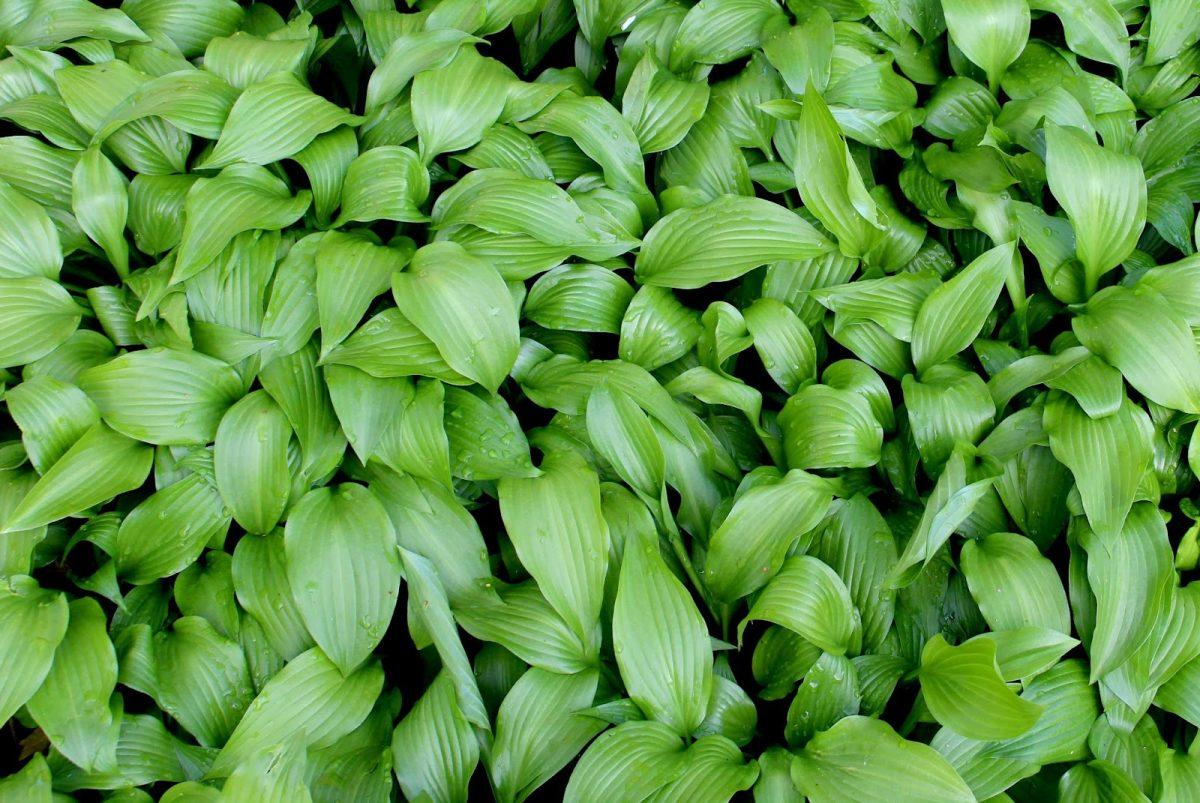
Pin oak trees
You have probably enjoyed the shade from one of the many pin oak trees lining the Quad or have seen a squirrel scurry up a trunk with an acorn in its mouth. Pin oaks are native to Missouri and have shaded our campus for decades.
Fun fact: MU will eventually remove these trees due to challenges involving their location conflicting with irrigation systems. White oaks from Forrest Keeling Nursery, named Legacy Oaks, will be planted in their place. The nursery donated 70 white oaks to MU to provide shade to students for years to come!
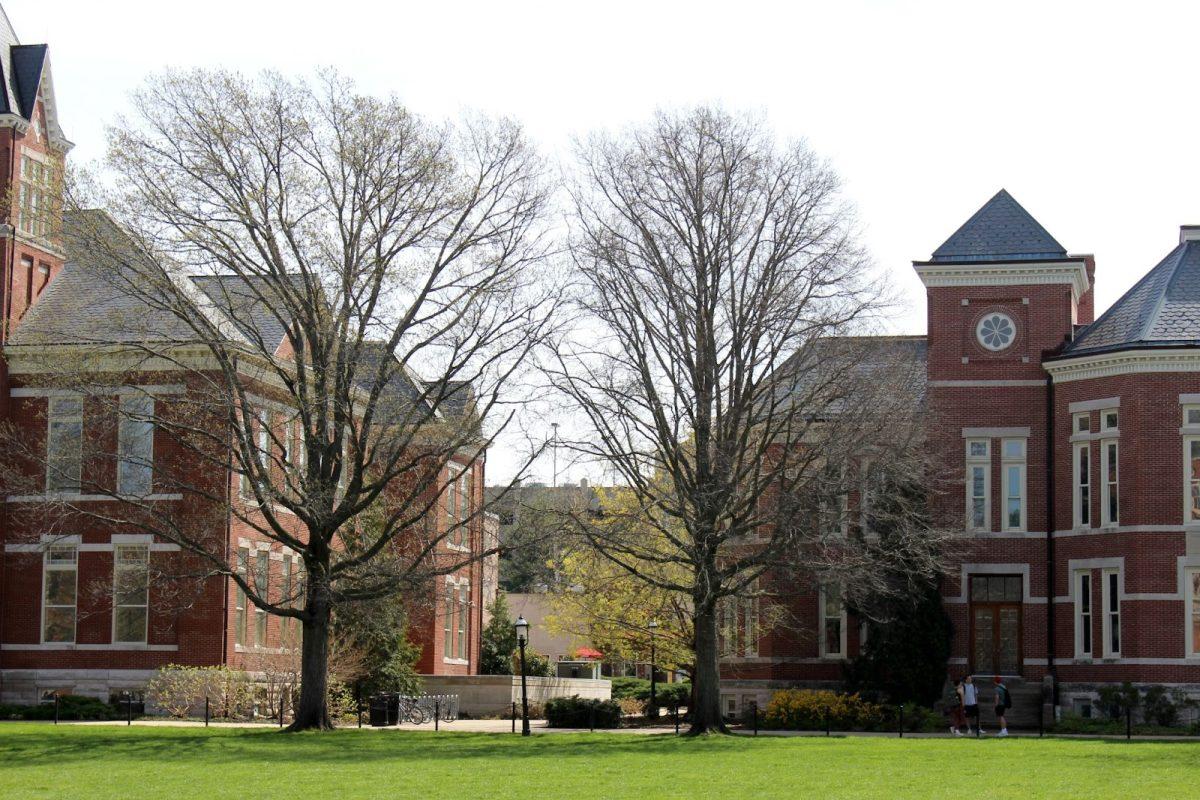
Edited by Abby Stetina | [email protected]
Edited by Cara Penquite | [email protected]


